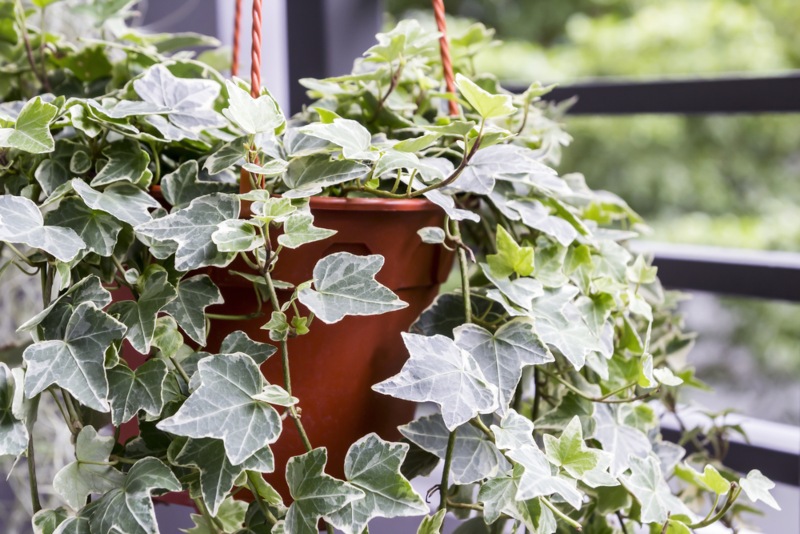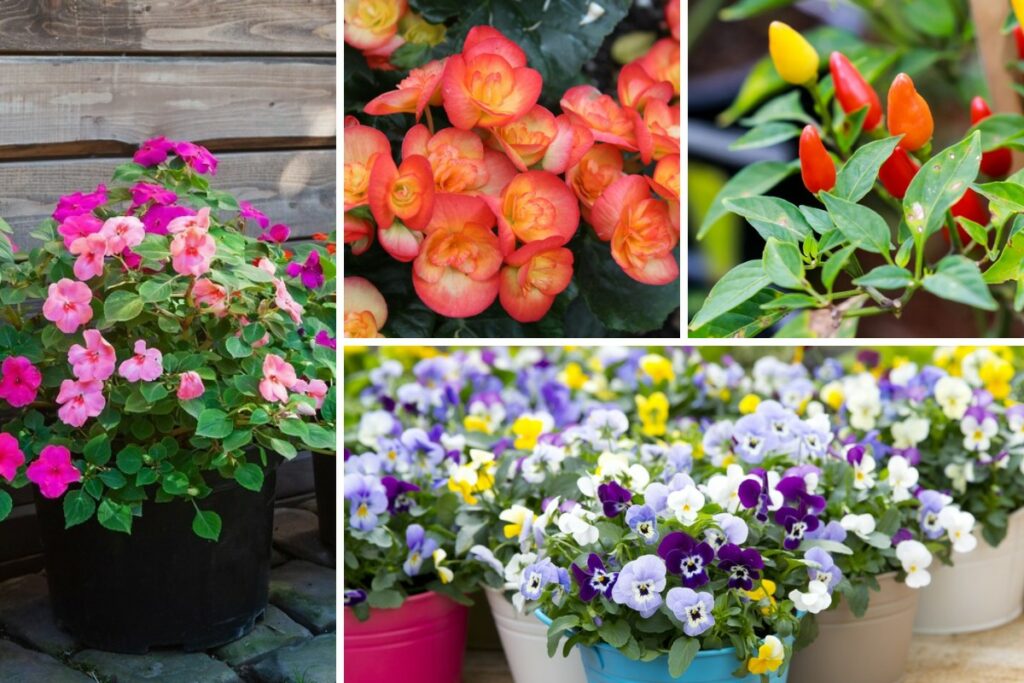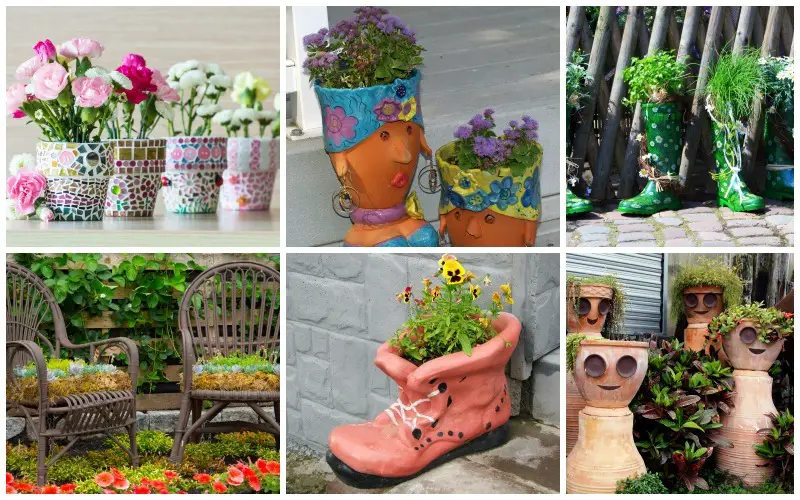
Adding indoor plants to any room can help with aesthetic appeal and boost your mood. The plants infuse your space with life, and many don’t require much time or effort.
Of course, it’s not always easy to decide what plants to introduce, especially if you have limited space or light.
So to help you pick the best ones for you, we’ve compiled a list of the ten best indoor vine plants and climbers, along with some helpful growing tips.
Philodendron

Philodendrons remain one of the more popular indoor plants because they grow fast and come in several varieties. Most species have large, glossy green foliage that adds a pop of color to any room. If you choose one of the vining varieties, prepare to incorporate supports for the shoots that can reach several feet in length.
You may want to avoid Philodendrons if you have children or pets because the leaves are beautiful but toxic. Also, avoid putting them in direct sunlight because it could burn the leaves rather quickly. Finally, if you notice droopy leaves, you have either overwatered or underwatered, so check the soil to make sure it’s moderately moist and loose around the base.
English Ivy

English ivy is a gorgeous, easy-to-grow houseplant that you can train into various shapes. First, prune them down to the size you like because they can grow as large as you let them. Though the leaves lean toward emerald green, many have colored edges ranging from silver to gold to white or cream.
Make sure you choose a pot that drains well and monitors the moisture levels to avoid overwatering. They do better in cooler temperatures but can manage higher humidity. Bright light is ideal but be careful to avoid direct sunlight.
Spider Plant

Spider plants may be the easiest indoor plant to grow. The long, narrow leaves give it a spiky appearance, but mature plants develop shoots of dainty flowers.
You should not have to water more than weekly, but try to use distilled water because fluoride can affect spider plants. Keep them away from direct sunlight, but make sure they get some natural light.
Inch Plant

Are you looking for a little more color in your space? Inch plants come in several varieties and have gorgeous variegated foliage ranging from white to green to silver to purple. In addition, they come with easy care instructions, just water every week or two, and fertilize a few times during the spring and summer.
Tip: To keep those gorgeous leaf markings distinct, give them plenty of bright but indirect sunlight.
Creeping Fig

If you ever admired vines crawling up the exterior of an old English building, it could be a creeping fig. It’s a hardy plant that works well as a houseplant in a large pot or even a terrarium. The vines creep out and flow around the pot in a lovely cascade of green foliage.
Creeping fig isn’t much of a blooming plant, but it can add some greenery to your room. Give it partial shade, prune it as needed, and keep the soil well-drained for best results. Note that it is toxic to furry friends.
String of Pearls

Choosing a String of Pearls might give you the most unusual plant on this list. It’s actually a succulent with leaves that resemble green grapes cascading over the edge of a pot. The plant also gives you small, white blooms with a unique spicy fragrance.
Plant your String of Pearls in a shallow clay pot with a cactus mix soil. The soil mixture should completely dry out between waterings unless you notice shriveling leaves.
Jasmine

Jasmine may be known as a fragrant plant, but not all varieties have scented blooms. However, growing jasmine inside could yield a pleasant scent from the dainty white flowers, usually more noticeable in the evenings.
For best results, keep your jasmine plant near a south window and set it outside for a few weeks during the fall to encourage new growth. Keep the soil moist and maintain growth regularly to prevent it from getting too large.
Pothos

Pothos plants give you vines of large, heart-shaped leaves. They grow fast and require limited care despite their attractive appearance. Vines cascade down a shelf or table, and you can train them over walls or up staircases to create unique decor.
Only water the pothos when the soil is dry unless you notice yellowing leaves. Indirect light is best, but a pothos plant can handle shady conditions and even light from fluorescents if you want it in an office. However, note that too much shade can affect the leaf’s appearance and slow growth.
Black-Eyed Susan Vine

Would you like some colorful blooms to brighten up your space? The adorable yellow flowers on a Black-Eyed Susan Vine may be just what you need. While the evergreen vine is a native perennial in the Midwest, it can fare well as an indoor potted plant with proper care.
Planting the Black-Eyed Susan vine in a hanging basket allows you to control the growth and appreciate the arrow-shaped leaves tumbling over the sides. Make sure you choose a planter with good drainage and keep the air temperature static to get more blooms.
Clematis

Another colorful, flowering vine is the Clematis. You can choose one of several varieties depending on the flower and foliage color you prefer. For example, the star-shaped blooms could be blue, purple, pink, red, yellow, or white, and leaves range from blue to green.
The low-maintenance vine is trainable and can create a living wall of color in your home. Most blooms have a soft fragrance, and it’s not uncommon to see multiple blooming seasons throughout the year when raised indoors. Get them plenty of sunlight, prune them regularly, and do not over-water them.
Final Thoughts
Growing vines and climbing plants inside can enhance your decor or become a showstopping wall of color. When you move these vine plants and climbers indoors, you can overcome hardiness zones since you control the environment. Plus, many of these plants require limited care, making them excellent options for people who like to travel or sometimes forget about watering or fertilizing.













